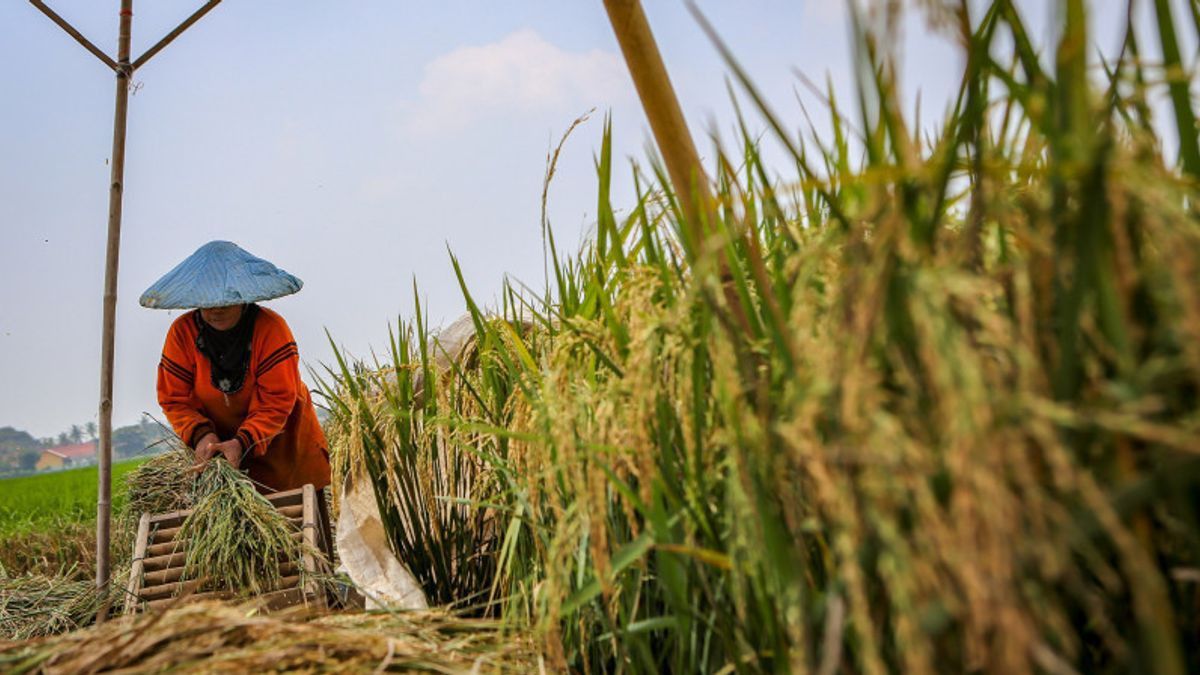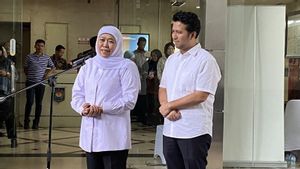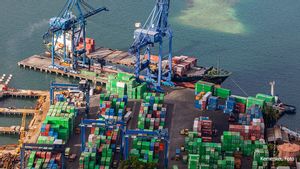YOGYAKARTA - Food security is one of the things that need to be prepared in the face of the global economic recession which is predicted to occur in 2023. Good food security will maintain the availability of people's consumption needs. There are three pillars of food security that must be considered.
The rules regarding food security are contained in Law No. 18 of 2022 concerning Food, which reads: food security is a condition of fulfilling food for the state to individuals, which is reflected in the availability of sufficient food, both in quantity and quality, safe, diverse, nutritious, equitable and affordable and does not conflict with the religious beliefs and culture of the community, to be able to live healthy, active and productive lives in a sustainable manner.
Food security has also become an important discourse at the international level, namely in the 1996 Rome Declaration. The Food and Agriculture Organization of the United Nations invites heads of state and government to the World Food Summit.
The association reaffirmed that the right of everyone to have access to safe and nutritious food is in accordance with the right to adequate food and the basic right of everyone to be free from hunger.
Pillars of Food Security
The Indonesian government continues to prioritize food security, both at the national and regional levels equally. Food security is also one of the goals of sustainable development. There are three pillars in food security, as follows.
Pillar of Availability
Food security must be able to meet the physical availability of food in all regions in Indonesia, both at the national, provincial, district, and community levels. This availability is obtained from domestic production, trade, imports, and food assistance.
Pillar of Accessibility
Resilience must also meet the accessibility of the ability to obtain enough food. In this case, all households must be able to get enough food from various sources, ranging from own production, purchases, gifts, barter, assistance, and loans. The availability of sufficient food cannot guarantee all households have access to food.
Pillar of Food Consumption or Utilization
The third pillar of food security is food utilization and consumption. This pillar is intended for the use of food by the entire household and the ability of each individual to consume food and absorb nutrients or nutrients.
Meanwhile, food utilization includes all activities in terms of food such as processing, storing, and preparing food. Also, note the use of water and cleanliness during the processing. Distribution of food in the household according to the needs and health statuses such as pregnancy, breastfeeding, growth, and others.
Government Strategy to Maintain Food Security
Coordinating Minister for Economic Affairs Airlangga Hartarto conveyed the government's steps in promoting food security, last Tuesday (13/09) September, as reported by the ministry of finance.go.id. Here are some strategies to improve food security.
Providing People's Business Credit Assistance (KUR)
The government's effort to maintain food security in terms of financing is to provide KUR for agricultural sector actors. KUR interest is only 3 percent held until the end of 2022.
Establishing a National Food Agency
The establishment of the National Food Agency is the government's effort to maintain food security through institutional aspects. The establishment of this institution is regulated in Presidential Regulation Number 66 of 2021.
This institution has the authority in terms of managing food reserves, implementing supply and price stabilization activities, strengthening food logistics systems, developing food diversity and potential, and alleviating food insecurity in vulnerable areas.
Local Food Diversification
The government is also diversifying local food. Production of corn, sago, sorghum, and cassava is increased through land expansion and the establishment of new areas. This step is taken to increase production as an alternative to imported food.
Subsidized Fertilizer Policy Reform
The government has updated the subsidized fertilizer policy by limiting the distribution of subsidized fertilizers. Subsidized urea and NPK fertilizers are only distributed to nine main commodities, such as rice, shallots, garlic, corn, chilies, soybeans, coffee, sugar cane, and cocoa.
Development of Food Independent Center Area
The government has developed a food-independent regional center based on farmer corporations. This step was taken to increase the efficiency and economies of scale of agricultural production through the Food Estate Program in several areas, such as Central Kalimantan, North Sumatra, Central Java, Central Sulawesi, and others.
Those are the three pillars of food security and the government's strategy to improve food security. This can only be achieved if all elements in the country are integrated with each other starting from the government, farmers, agricultural product traders, and the community.
Keep up with the latest domestic and foreign news on VOI. We present the latest and updated news, both nationally and internationally.
The English, Chinese, Japanese, Arabic, and French versions are automatically generated by the AI. So there may still be inaccuracies in translating, please always see Indonesian as our main language. (system supported by DigitalSiber.id)













